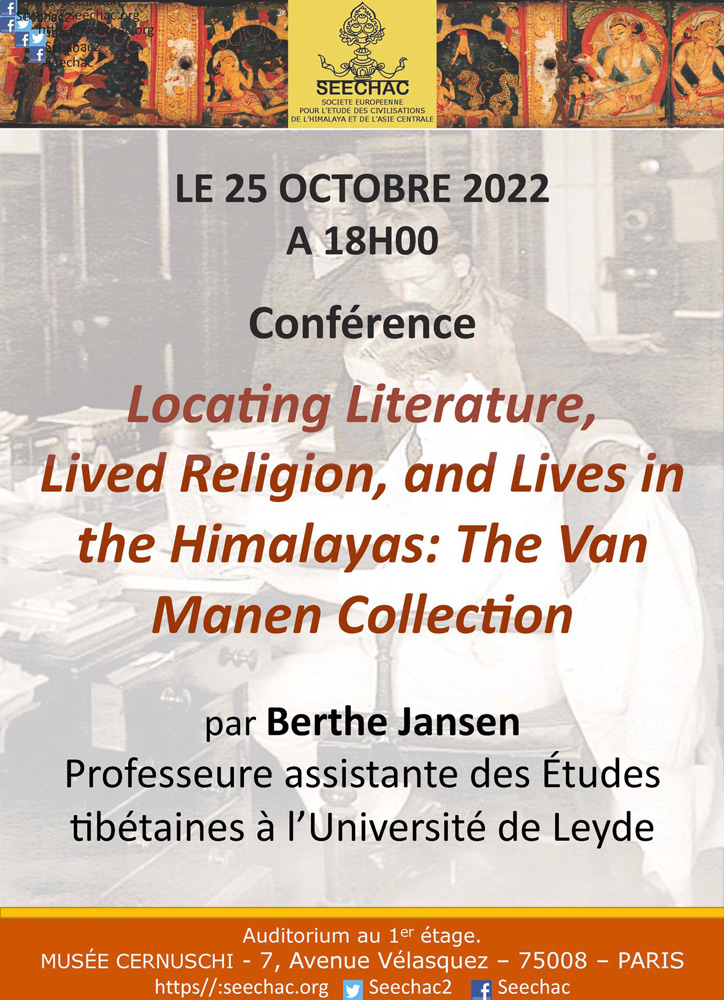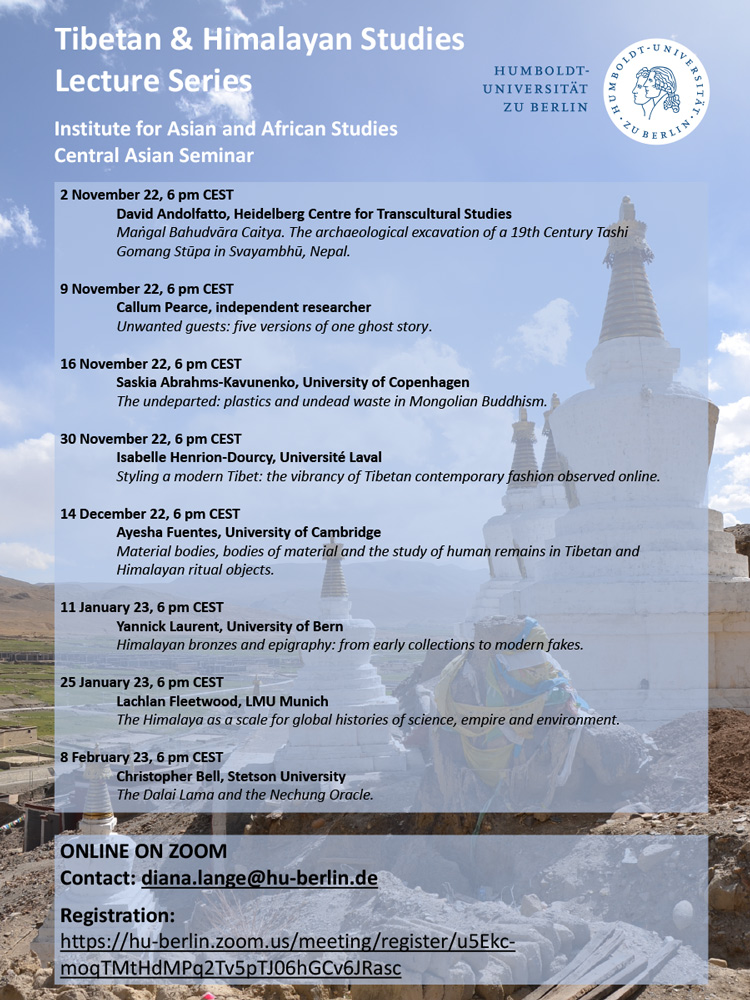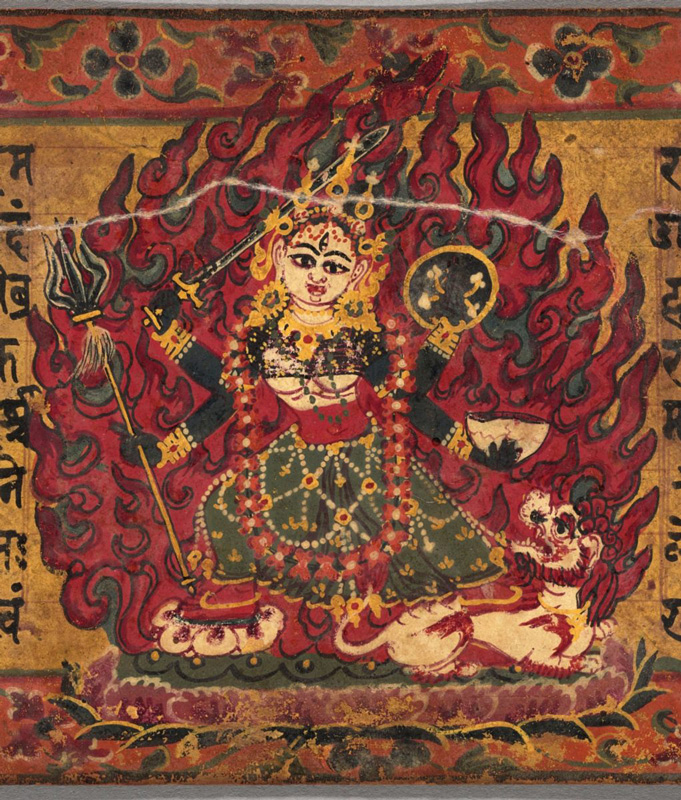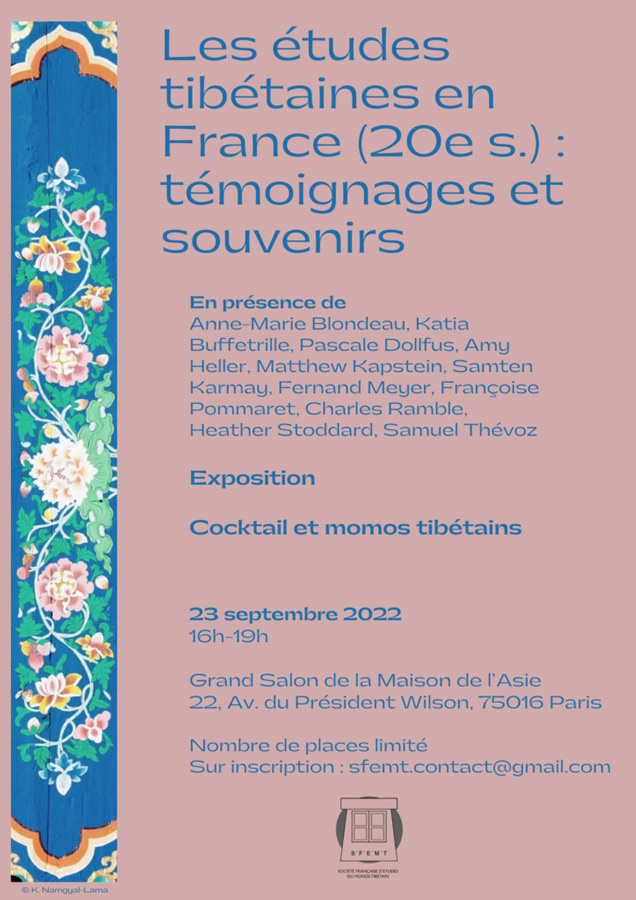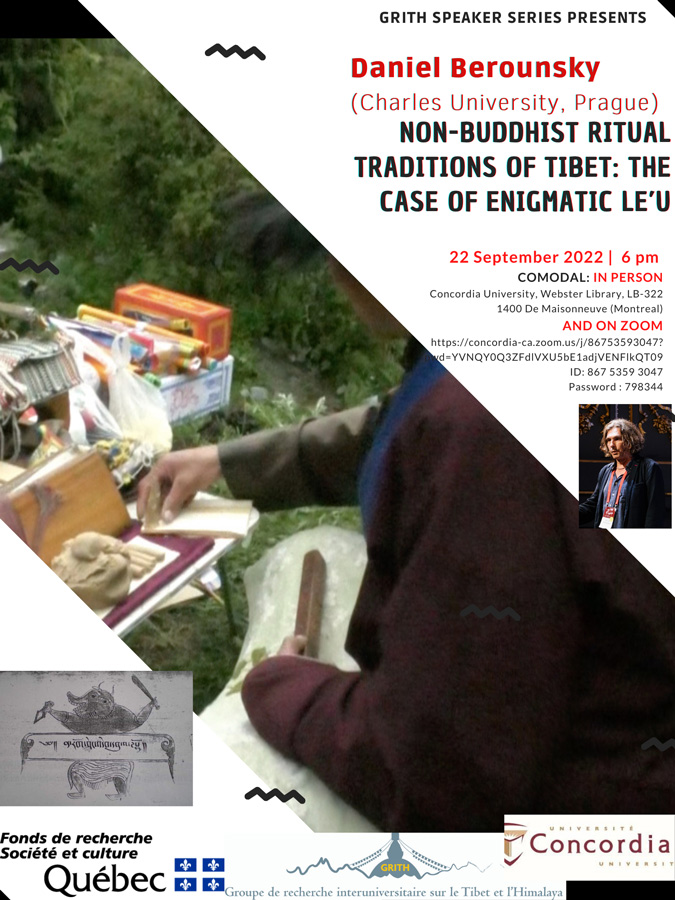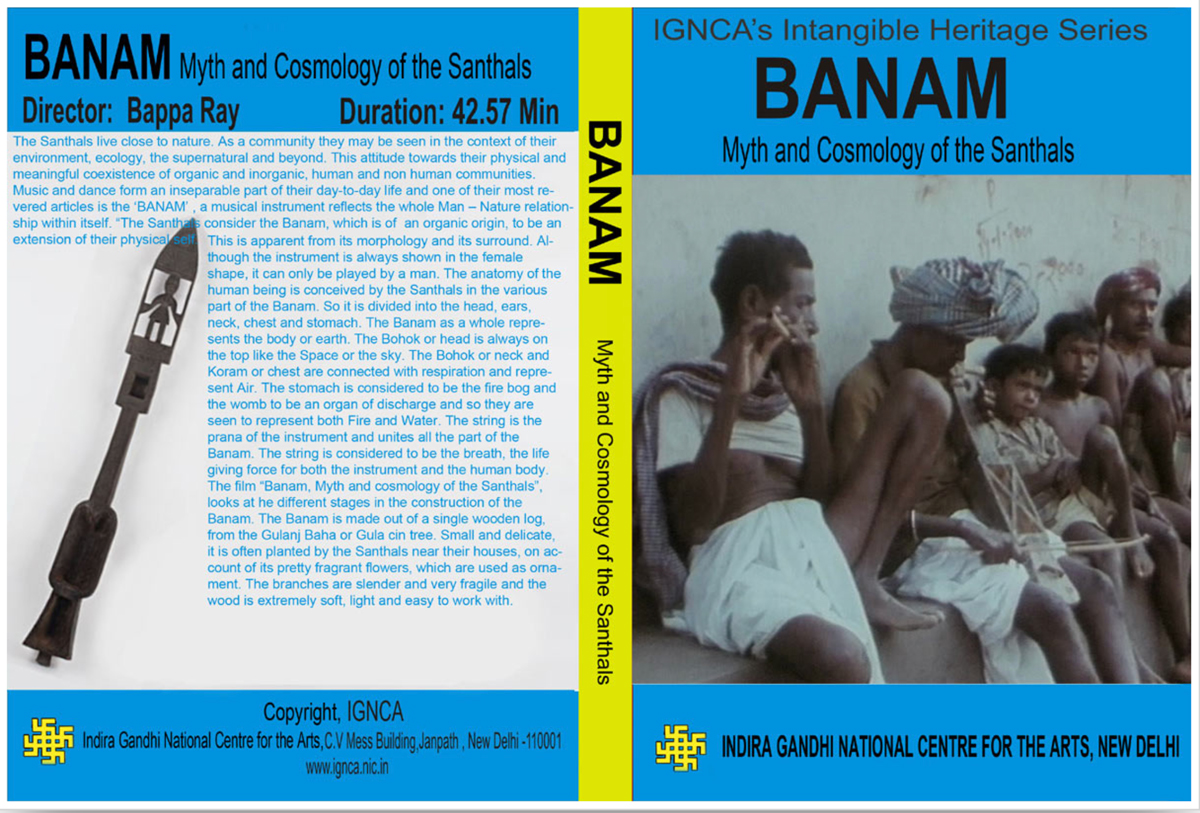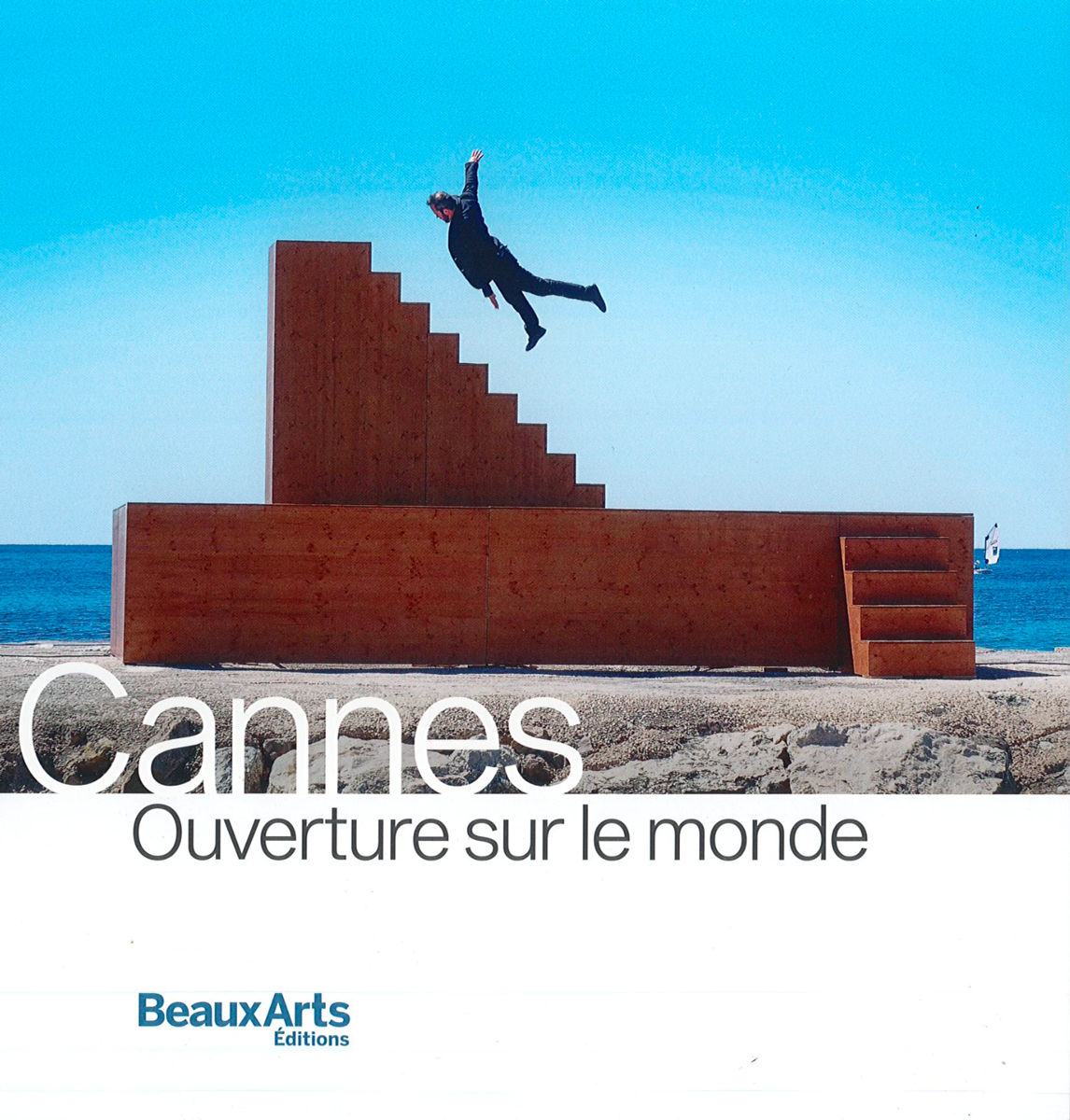SEECHAC October 2022 Conference
Locating Literature, Lived Religion, and Lives in the Himalayas: The Van Manen Collection
(Localisation de la littérature, de la religion vécue et des vies dans l'Himalaya: la collection Van Manen)
by Berthe Jansen - Leiden University
Tuesday 25 October 2022, at 18:00, auditorium of the Cernuschi Museum.
The Van Manen collection, held at the University Library of Leiden, contains a large number of Tibetan and Himalayan texts. These began to arrive in Leiden in the 1920s and 1930s, when texts were sent from India, together with Sanskrit and other Indian material, by Johan Van Manen (1877-1943). After Van Manen's death in 1943, a large part of his personal collection was also kept at the Kern Institute, which is now part of Leiden University. Later, the objects he collected, both his personal collection and what he had been commissioned to buy for the University, were kept in the Leiden Ethnographic Museum (Museum Volkenkunde) where they remain to this day. While it was a relatively important resource for earlier generations of scholars of Tibetan and wider Himalayan studies, in recent years the collection has become more or less forgotten.
In this talk I will present some of the fascinating aspects of this collection: autobiographies written by non-elite ethnic Tibetans living in the 1920s; a collection of yeti folk stories; rare ritual manuscripts; Van Manen's letters, religious instruments collected in the greater Kalimpong area, etc. I will further elaborate on what a potential study of this multimedia collection as a whole and in its entirety could offer to the fields of Himalayan studies, colonial history, art history I will further elaborate on what a potential study of this multimedia collection as a whole and in its entirety could offer to the fields of Himalayan studies, colonial history, art history, linguistics and museum studies.
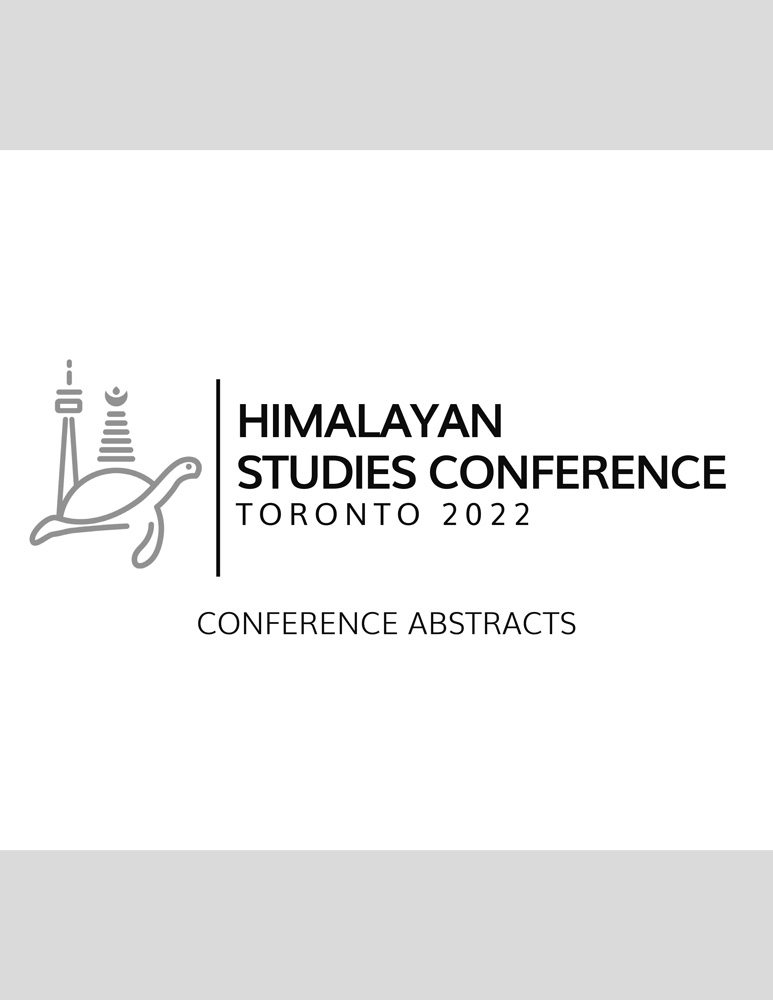 Himalayan Studies Conference (HSC6) - Toronto
Himalayan Studies Conference (HSC6) - Toronto










